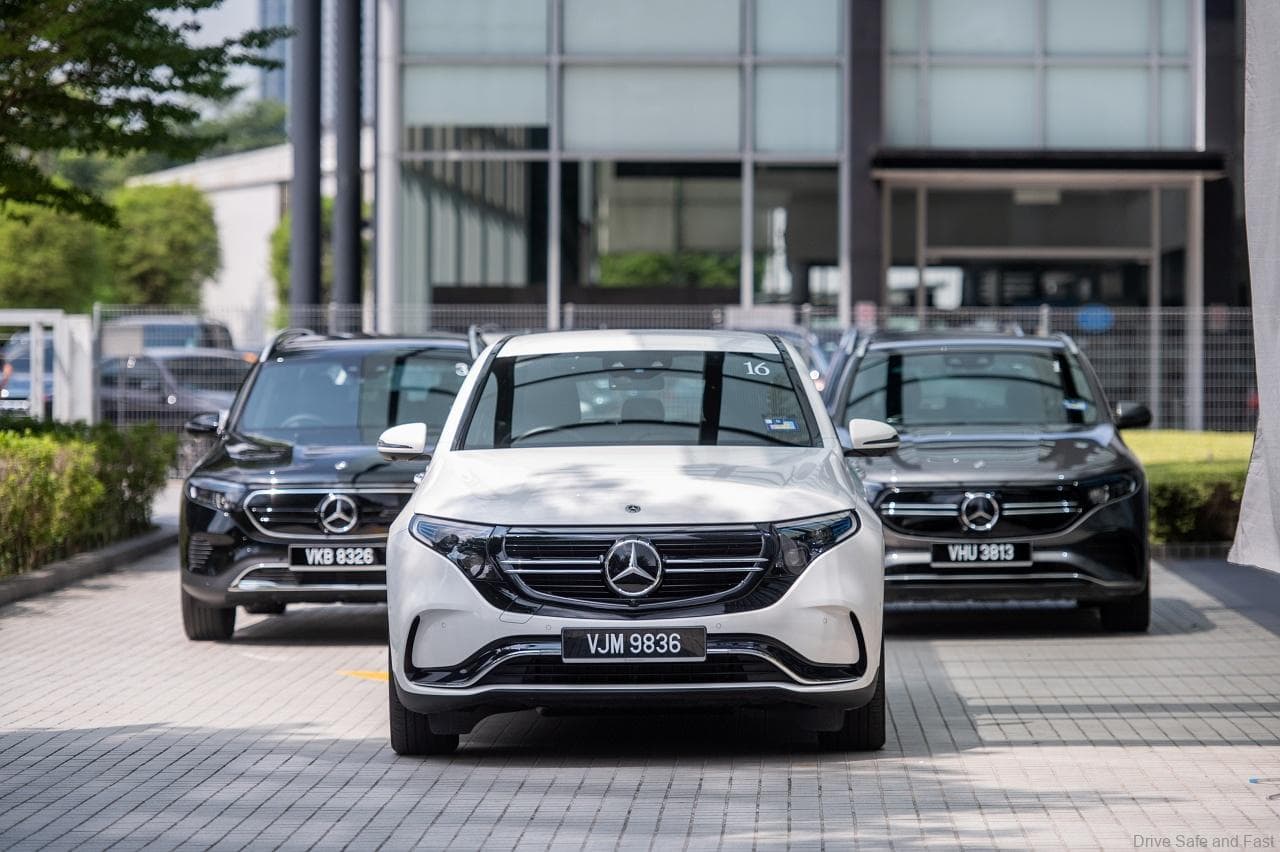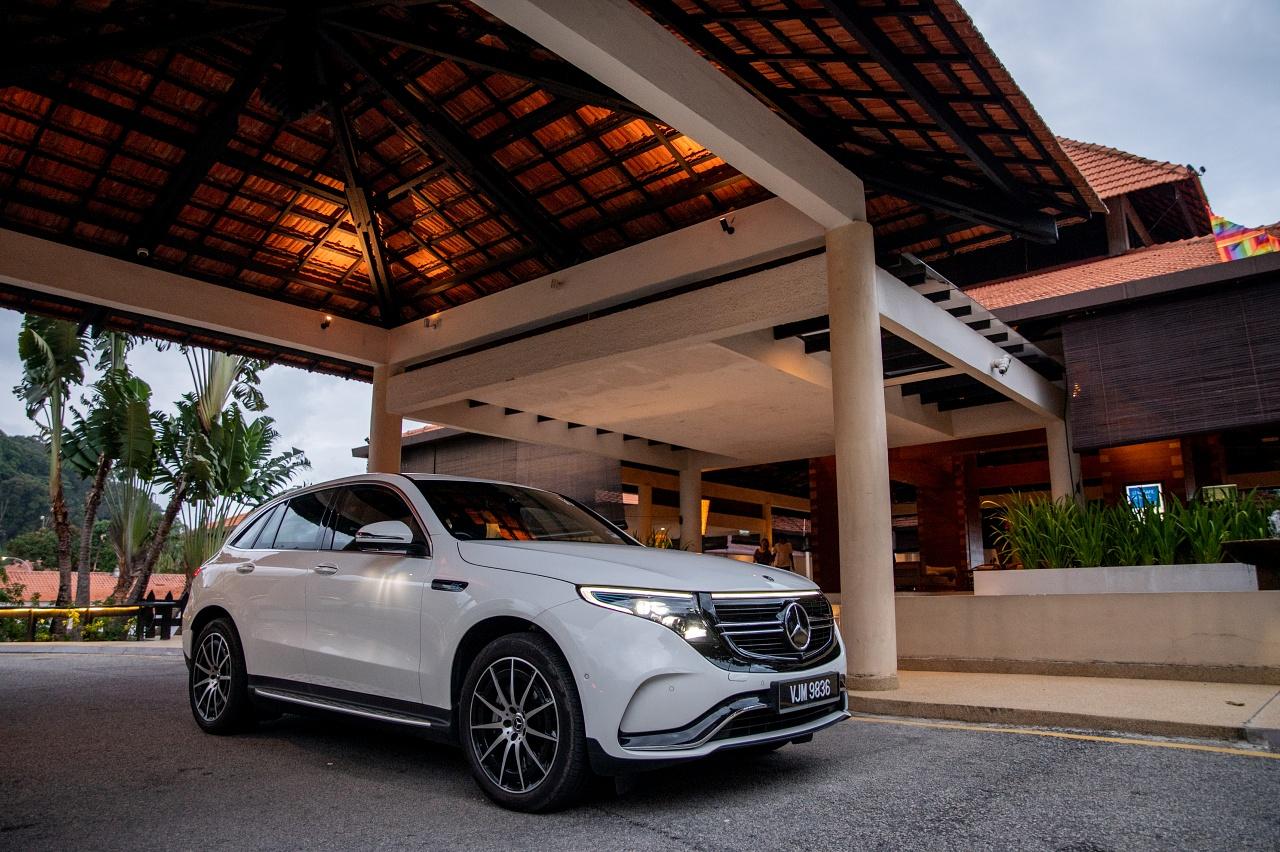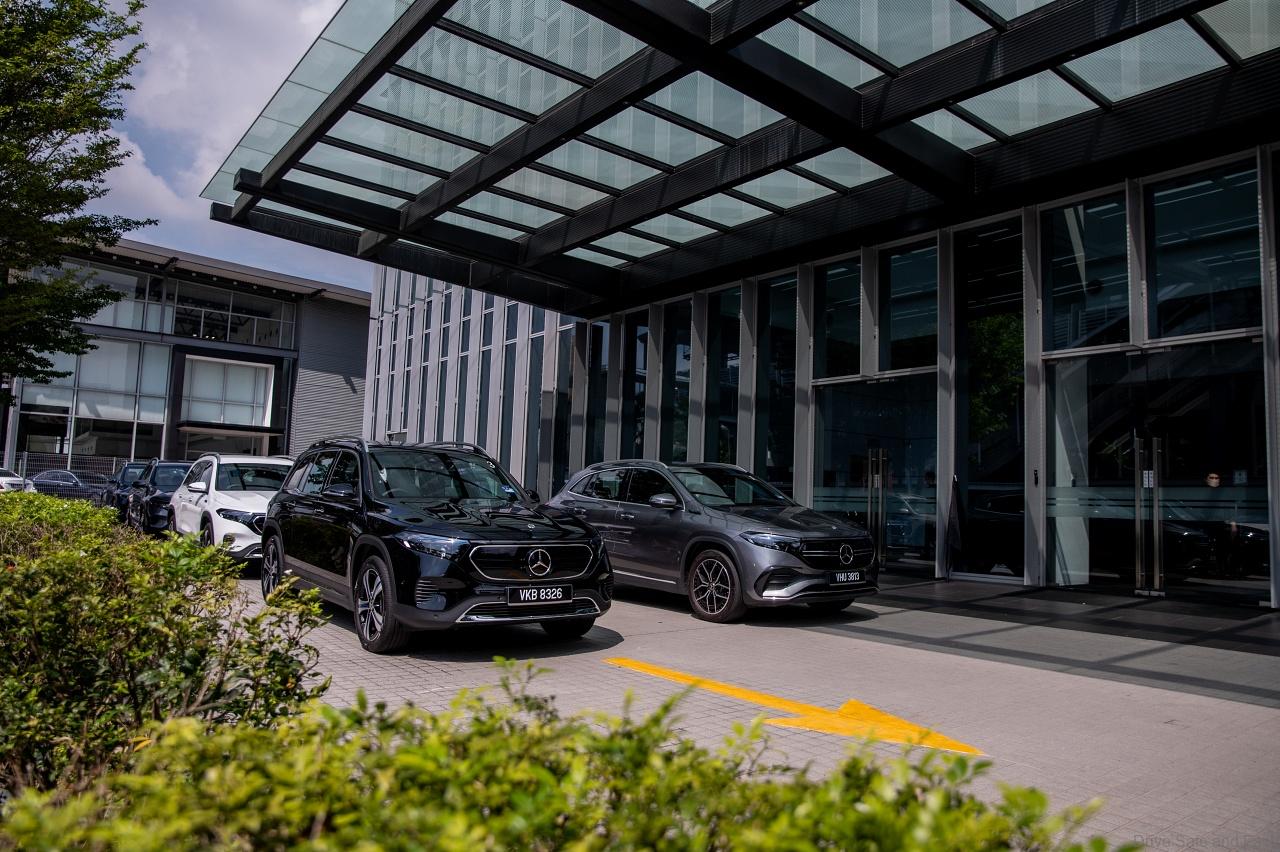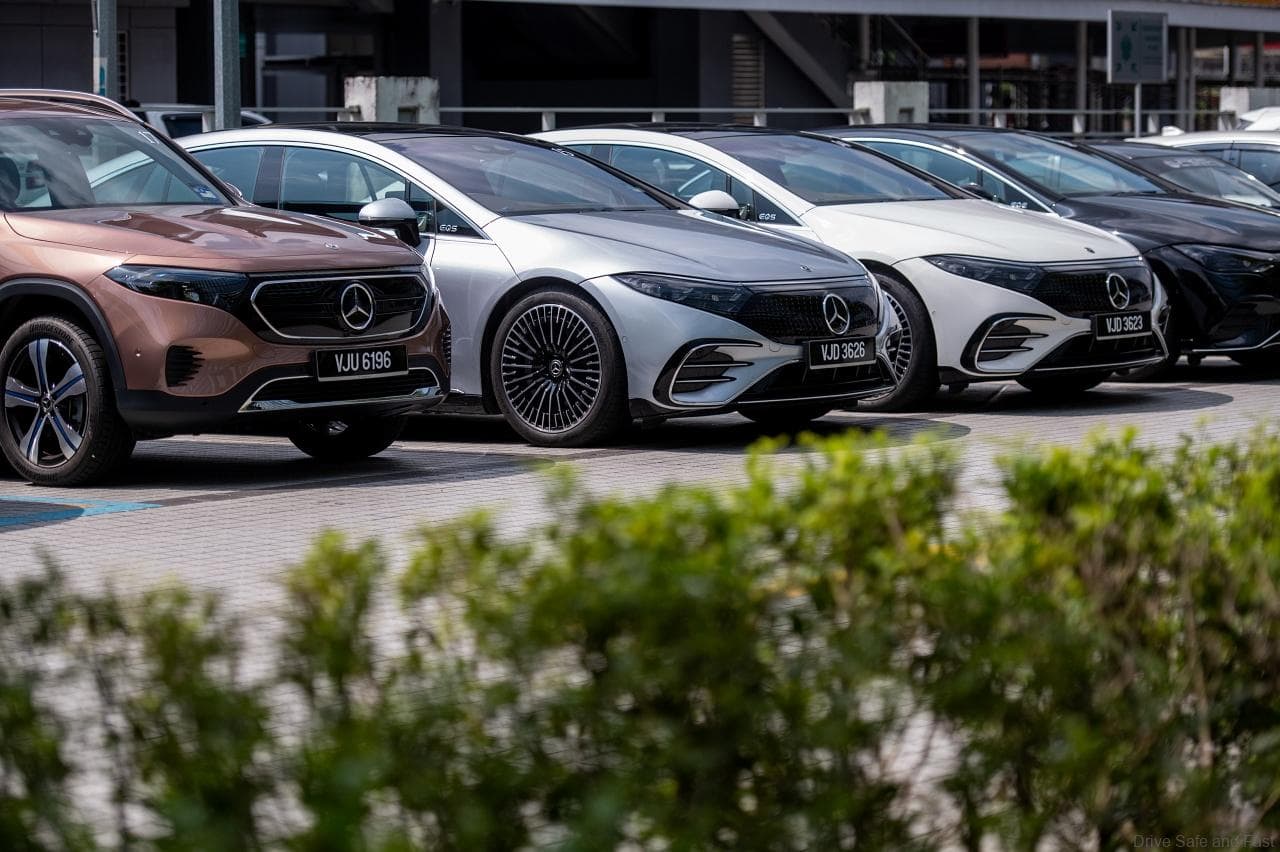Understanding How Regenerative Braking Works In Mercedes-Benz EVs
Find out why Mercedes-Benz EVs feel so different to drive compared to ICE cars
So a while ago, I got to experience some of Mercedes-Benz Malaysia’s newest electric vehicles (dubbed the EQ series) and I particularly like the Mercedes-Benz EQB SUV, a 7-seater compact full electric vehicle (EV), but I immediately noticed it was very different from a normal petrol car. Let’s explore why this is.

Moreover, by now most of our readers will be familiar with the basics of an EV, it uses a battery to make electricity which powers the car’s motor or motors and needs to be recharged or it will run out. All good so far? Great, but what about regenerative braking? Well if you’re unsure about it, here is a quick rundown.
So most sources will define regenerative braking as a sort of generator in your EV that uses the deceleration momentum of the car as one steps on the brakes to generate more electricity which will then be fed back into the hybrid or electric system to replenish the battery. Mercedes-Benz, however, does it a bit differently.

It is no secret that most automakers have made insane improvements in their EVs over the years and Mercedes-Benz is no different. The brand has innovated regenerative braking to the point where my driving partner and I felt that we did not even need to use the brakes and could just drive the car using the throttle alone.
On top of that, the regenerative braking on the Mercedes-Benz EQB EV SUV that we drove was very strong and felt downright grabby the moment we slightly lifted our feet off the throttle. This could easily be fixed in the settings but for first time EV drivers, this is definitely something that will catch a lot of us off guard.

Now according to the official Mercedes-Benz customer help website, the way regenerative braking works in the brand’s EVs is “…the kinetic energy of the decelerating vehicle is absorbed by the electric motor to generate a brake torque. The generated electrical energy is then fed to the high voltage battery for storage…”
Pretty straightforward right? Well, in case you missed it, I want to point out the part that reads “decelerating vehicle” and note that there was no mention of braking. Essentially, taking one’s foot off the throttle, even slightly, also counts a regenerative braking in Mercedes-Benz EVs then.
Additionally, this is not necessarily a bad thing, after all, we were able to drive the EV using only one pedal so that is an achievement too, however, I just feel like this is not really something the average Malaysian would expect or even be able to handle without feeling fear as the whole point of regenerative braking is braking.


Regardless, I still thoroughly enjoyed myself driving the Mercedes-Benz EQB EV and I got used to the “regenerative braking” feature quickly. So if you, the reader, should be considering test driving a new EV and this would be your first time, please do not panic and keep everything I wrote about here in mind.